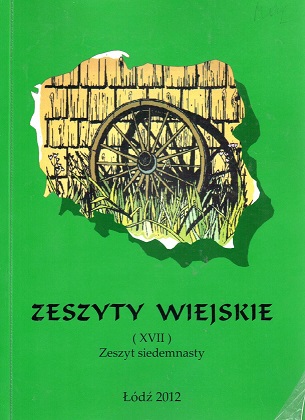Flora i roślinność (szata roślinna) synantropijna wsi oraz małych miasteczek
DOI:
https://doi.org/10.18778/1506-6541.17.15Abstrakt
Villages and small towns are usually surrounded by gardens and crop fields. These areas are associated with the flora and synanthropic vegetation that have appeared as a result of natural communities (mostly forest ones) having been destroyed by Man.
Small towns are associated with ruderal (Latin ruderus – rubble, ruins) communities occurring spontaneously at household buildings, domesticated animal farming places, and transport routes. Such strongly human impacted areas, specific plants, mostly non-indigenous ones (anthropophytes), are invaded despite human effort, taking advantage of habitats that are overfertilized, mainly with nitrogen compounds.
On the other hand, gardens and crop fields are colonized by segetal (Latin seges – crop, plough-field) communities, which are associated with crop fields, root crop fields, and industrially used plants. Crop fields, usually of single species, are invaded by alien species – weeds, whose spreading crop farmers try to prevent with various methods. Both types of habitats have common features, and the most important of them is soil rich in various nitrogen, phosphorus and potassium compounds. These areas are colonized by vegetation of a nitrophilous character.
It is paradoxical that communities created by Man are now most threatened by his activity.
Pobrania
Pobrania
Opublikowane
Jak cytować
Numer
Dział
Licencja

Utwór dostępny jest na licencji Creative Commons Uznanie autorstwa – Użycie niekomercyjne – Bez utworów zależnych 4.0 Międzynarodowe.











